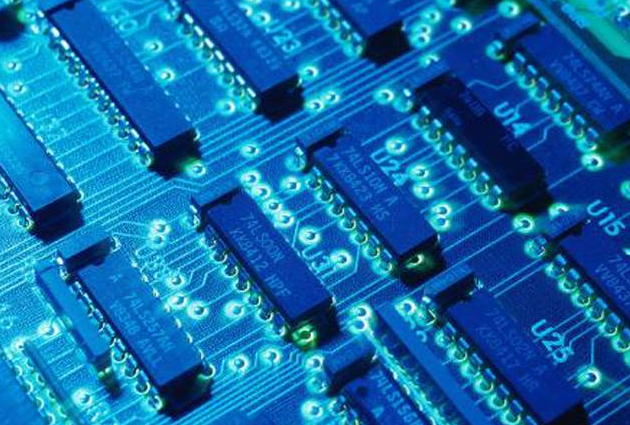Circuit board factory: common problems in the design of RF wireless radio frequency circuit
Radio frequency (RF) PCB design, there are many uncertainties in the current publicly published theory, and it is often described as a kind of "black art". Under normal circumstances, for circuits in the frequency band below microwave (including low-frequency and low-frequency digital circuits), careful planning under the premise of a comprehensive grasp of various design principles is a guarantee for a successful one-time design. For PC digital circuits with frequency bands above microwave and high frequency, 2 to 3 versions of PCB are required to ensure circuit quality. For RF circuits above microwave frequency bands, more versions of the PCB design and continuous improvement are often required, and it is under the premise of having considerable experience. This shows the difficulty of RF electrical design.

Interference between digital circuit module and analog circuit module
If the analog circuit (RF) and the digital circuit work separately, they may work well separately. However, once the two are placed on the same circuit board and work together with the same power supply, the entire system is likely to be unstable. This is mainly because the digital signal frequently swings between ground and the positive power supply (>3 V), and the period is extremely short, often in the order of nanoseconds. Due to the larger amplitude and shorter switching time, these digital signals contain a large number of high-frequency components that are independent of the switching frequency. In the analog part, the signal transmitted from the wireless tuning loop to the receiving part of the wireless device is generally less than 1μV. Therefore, the difference between the digital signal and the radio frequency signal can reach 120dB. Obviously, if the digital signal and the radio frequency signal cannot be separated well, the weak radio frequency signal may be destroyed. As a result, the working performance of the wireless device will deteriorate or even fail to work at all.
Noise interference from power supply
RF circuits are very sensitive to power supply noise, especially to glitch voltage and other high frequency harmonics. The microcontroller will suddenly draw most of the current for a short period of time within each internal clock cycle. This is because modern microcontrollers are manufactured using CMOS technology. Therefore, assuming a microcontroller is running at an internal clock frequency of 1MHz, it will draw current from the power supply at this frequency. If proper power decoupling is not taken, it will inevitably cause voltage glitches on the power line. If these voltage glitches reach the power supply pins of the RF part of the circuit, they may cause work failure in severe cases.
unreasonable ground
If the ground wire of the RF circuit is not handled properly, some strange phenomena may occur. For digital circuit design, most digital circuit functions perform well even without a ground plane. In the RF frequency band, even a short ground wire acts like an inductor. Rough calculation, the inductance per millimeter is about 1nH, and the inductance of a 10mm PCB circuit at 433MHz is about 27Ω. If the ground wire layer is not used, most ground wires will be longer and the circuit will not have the characteristics of the design.
The antenna's radiation interference to other analog circuit parts
In PCB circuit design, there are usually other analog circuits on the board. For example, many circuits have analog/digital conversion (ADC) or digital/analog converter (DAC). The high-frequency signal from the antenna of the radio frequency transmitter may reach the analog input of the ADC. Because any circuit line can send or receive RF signals like an antenna. If the processing of the ADC input is unreasonable, the RF signal may self-excite in the ESD diode of the ADC input, causing ADC deviation.